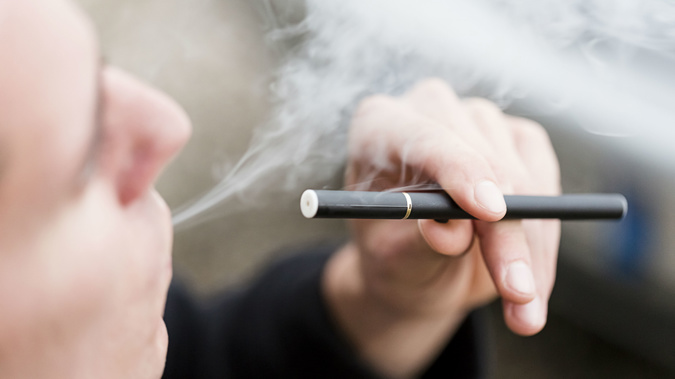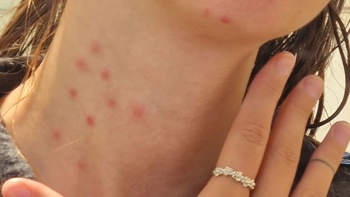
Aggressive marketing and evolving technology has left schools battling a vaping "epidemic", but one school has installed high-tech hidden detectors to help pupils break the habit.
A University of Otago professor, meanwhile, says punishment and education can only do so much while the devices for inhaling enticingly flavoured nicotine remain so widely available.
The academic pointed to research showing that one in five (20.2 per cent) of Year 10 students in New Zealand schools were regularly vaping.
Columba College principal Pauline Duthie said the school installed hidden detectors in bathrooms after rising concerns about pupils inhaling addictive nicotine in a propylene glycol/vegetable glycerin mist.
It was difficult to catch pupils in the act and there were concerns some were forming bad habits by sneaking off for a vape, but detectors would help combat that.
They picked up the chemicals released by vaping and sent off a silent alarm to a selection of staff, who could go and check the site.
The pupils were told about the detectors, but not where they were installed or what they looked like.
The school had been dealing with the issue for years, but there had been no vaping incidents at school since the detectors were installed during the most recent school holidays.
"I'm not saying vaping isn't happening, but it's not happening at school."
/cloudfront-ap-southeast-2.images.arcpublishing.com/nzme/VE7PEJDDPKBNP6OHKWOH2RXPDU.png)
Columba College principal Pauline Duthie. Photo / Gregor Richardson
The increasing popularity of vaping was a significant issue for society and schools were not immune to it, she said.
Despite being illegal to sell to under-18s, vaping products were available in dairies across the city and it was quite easy for young students to get hold of them.
The school also ran education programmes about vaping.
An Action for Smokefree 2025 survey showed regular vaping rates among Year 10 pupils increased from 12.0 per cent in 2019 to 20.2 per cent in 2021.
Other schools around Dunedin were struggling with the issue as well.
Queen's High School principal Barbara Agnew said it was difficult to tell how widespread the issue was because it was so easy for pupils to hide their habit.
Some of the pupils she had spoken to about it said they used it as a form of stress relief.
There was not a lot of information on the long-term impacts of vaping and educating pupils was an important part of combating it.
Pupils learned in health class about the harms of vaping, alongside harm associated with smoking and alcohol, but it was hard to combat the attractive marketing of the products.
Otago Girls' High School principal Bridget Davidson said schools had been left on their own to invent a response to the vaping "epidemic".
Schools were struggling, as health messaging around vaping was confusing and the products had aggressive marketing.
There was a dire need for robust education from the Government about the harms of vaping for young people and how addictive the products were, she said.
The situation was "crazy", as smoking was eradicated from schools before vaping's rise.
Pupils who were known to be vaping were referred to the health nurse to help create behavioural change, she said.
University of Otago public health professor Janet Hoek said new generations of vapes were so small and discreet it was very difficult for schools to know whether pupils were using them.
New models were only a little bigger than a flash drive and released very little visible vapour.
Many young people who vaped were addicted to nicotine, which meant punishment and education could only go so far in combating the issue.
"We've got an environment where education programmes are probably not going to be very effective."
The devices were widely available and marketed in an appealing way, which gave young people mixed messages about what they should do.
Steps that would make a difference would be to disallow window displays of vaping products, regulate social media advertising, restrict sales of vaping products to R18 specialist vaping stores and make the product packaging less appealing.
The numbers
Vaping rates among Year 10s
Regular vaping
- 2019 - 12.0 per cent
• 2021 - 20.2 per cent
Year 10 Māori boys
- 2019 19.2 per cent
• 2021 30.6 per cent
Year 10 Māori girls
- 2019 19.1 per cent
• 2021 40.7 per cent
Daily vaping
- 2019 3.1 per cent
• 2021 9.6 per cent - Source: Action for Smokefree 2025 survey of 20,000-30,000 Year 10 students
Take your Radio, Podcasts and Music with you









